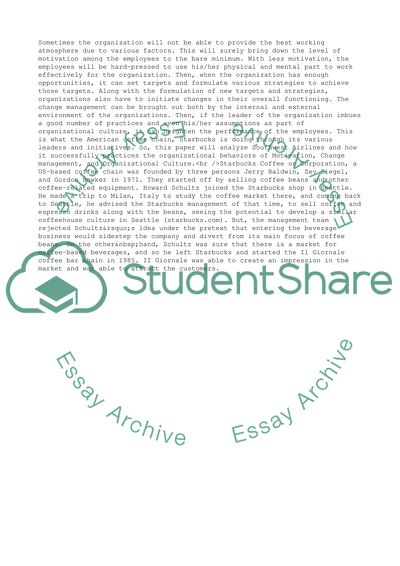Cite this document
(Southwest Airlines and It's the Organizational Behaviors Case Study, n.d.)
Southwest Airlines and It's the Organizational Behaviors Case Study. https://studentshare.org/business/1713958-organizational-behavior-concepts
Southwest Airlines and It's the Organizational Behaviors Case Study. https://studentshare.org/business/1713958-organizational-behavior-concepts
(Southwest Airlines and It'S the Organizational Behaviors Case Study)
Southwest Airlines and It'S the Organizational Behaviors Case Study. https://studentshare.org/business/1713958-organizational-behavior-concepts.
Southwest Airlines and It'S the Organizational Behaviors Case Study. https://studentshare.org/business/1713958-organizational-behavior-concepts.
“Southwest Airlines and It'S the Organizational Behaviors Case Study”. https://studentshare.org/business/1713958-organizational-behavior-concepts.


